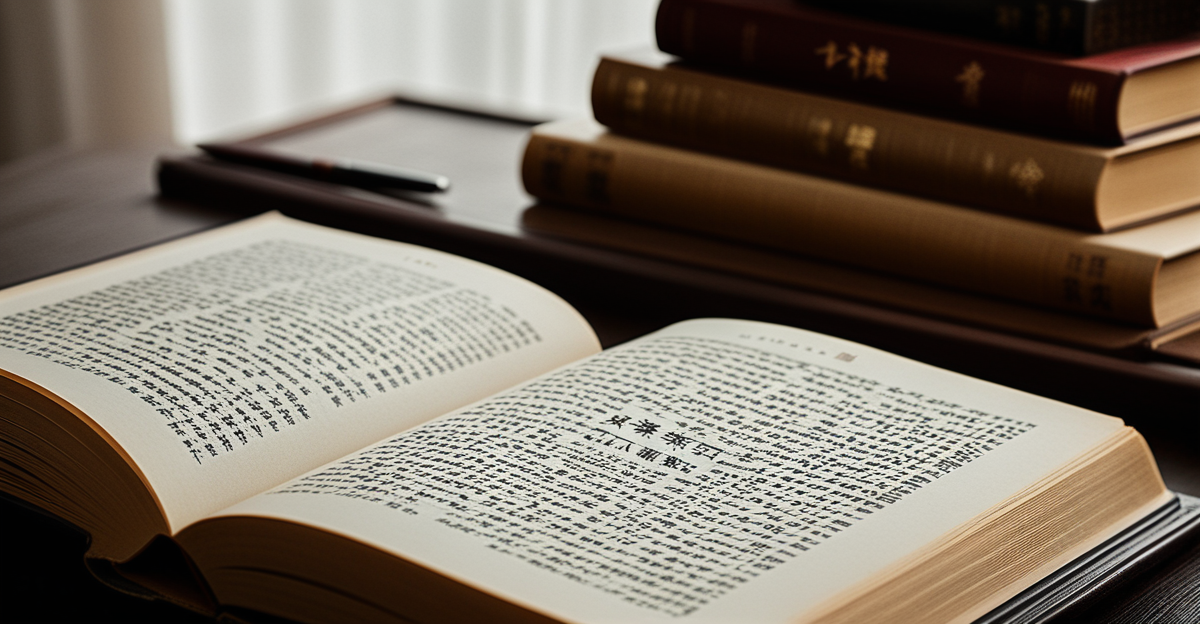Chinese classic novels, among the oldest and longest in world literature, combine intricate storytelling with cultural insight. Their rich narratives, blending history, folklore, and social critique, shaped Chinese literary traditions and continue to captivate readers. Understanding these works reveals not only timeless themes but also the evolution of storytelling and publishing in China, offering a fresh perspective on their enduring allure.
Essential Overview and Enduring Legacy of Chinese Novels
Within the landscape of classic literature, the influence of Chinese Novels endures across centuries. These works have not only shaped literary heritage in China, but also made a substantial mark on global storytelling. The celebrated “six classics” including Romance of the Three Kingdoms, Journey to the West, Water Margin, The Plum in the Golden Vase, The Scholars, and Dream of the Red Chamber reflect deep-rooted cultural significance and recurrent themes such as loyalty, justice, love, ambition, and fate.
Also to see : Transforming urban spaces: building a community-focused smart park for enhanced well-being in the uk
Often embedded with irony or satire to scrutinize societal norms, these novels evolved from marginalised tales to pillars of respected artistry. Structural hallmarks include episodic chapters and a blend of vernacular and classical language, with some extending beyond a thousand pages. Their artistic legitimacy grew as commentaries were added, aligning fiction with traditional forms like poetry or painting.
For modern readers, accessible English editions are available for most influential works, allowing deeper exploration of genre-defining tales. Popular recommendations such as Dream of the Red Chamber and Journey to the West provide ideal starting points for those new to this literary tradition.
Also to read : Building a strong mental health framework for uk businesses: strategies for success
Genres, Themes, and Literary Styles in Chinese Novels
Development and Diversity: Classic, Wuxia Stories, Xianxia Novels, and Romance Fiction
Classic literature in China includes epic adventures like “Journey to the West” and romance fiction such as “The Plum in the Golden Vase.” These works use intricate plot structure and exhibit deep character development. Wuxia stories feature martial artists and complex social hierarchies, while xianxia novels expand into supernatural elements drawn from folklore and mythology. Contemporary fiction integrates typical themes family, ambition, societal change bridging historical inspiration with modern settings. Popular authors often blend these genres, contributing to vibrant subgenres explained through their distinct narrative styles.
Structural Approaches: Episodic Storytelling and Thematic Patterns
Episodic storytelling dominates, with chapter organization reflecting both thematic symmetry and traditional narrative pacing. Plot structure often follows serialized arcs, allowing for detailed literary analysis while highlighting common motifs and dynamic character archetypes. Folklore and mythology underpin the structure, influencing typical settings and supernatural elements throughout both classic and contemporary fiction.
Recurring Motifs, Archetypes, and Social Commentary
Motifs like justice, fate, and personal transformation recur, enhanced by folklore and mythic figures. Character archetypes, including wise mentors and tragic heroes, are emphasized in wuxia stories and xianxia novels. Many novels utilize satire or irony for social commentary, offering insights into cultural values and societal tensions through engaging epic adventures and immersive romance fiction.
Modern Access, Readership Trends, and Platforms for Chinese Novels
Leading online reading and digital novel resources: where to find Chinese novels and best reading order for new readers
Online reading platforms have transformed how enthusiasts discover Chinese novels. Today’s readers often start with digital novel websites and free novel archives, exploring best-selling titles before moving to newer releases. Subscription services and dedicated mobile reading apps streamline the best reading order by compiling popular series and critical classics, making it simple for beginners to navigate both renowned historical tales and the latest web fiction trends. Yuan Literature stands out for bringing high-quality, translated works and genre diversity, especially valuable for readers seeking versions in English.
The rising influence of translation, adaptation, and fan communities in expanding global readership
Translation groups and dedicated fan communities fuel a lively exchange around popular fantasy series and contemporary fiction. These forums discuss translation challenges and share insight on adaptation into TV and film, drawing more fans to translated works. The growth in translated Chinese novels, especially best Chinese BL and romance, has sparked vibrant online fan forums and reader engagement, leading to international recognition and adaptation into graphic novel influences.
Contemporary trends in publishing, serialization, and the role of mobile and digital platforms in accessing Chinese novels
Mobile reading apps and serialization history have made it easier for diverse readership demographics to access serialized cliffhangers and trending titles. Web fiction trends reveal that most influential works are frequently updated, accommodating global digital reading trends. Publishing platforms now integrate reader polls and online fan forums, shaping the future of genre overviews, chapter organization, and digital engagement for Chinese novels.


